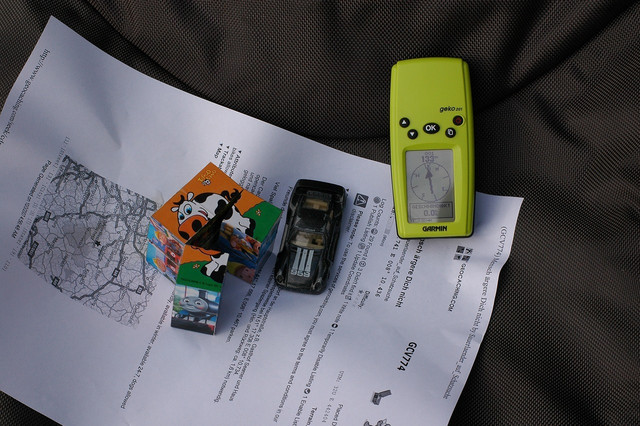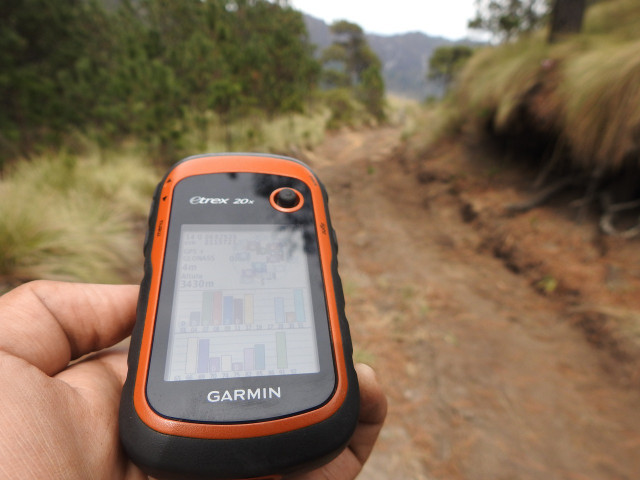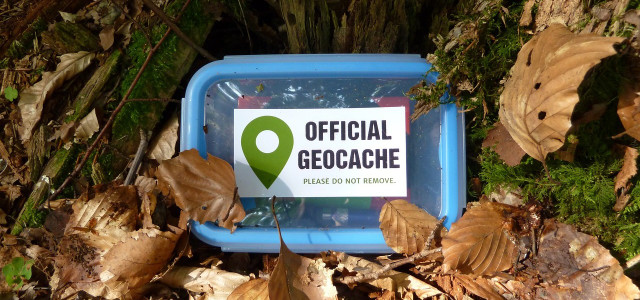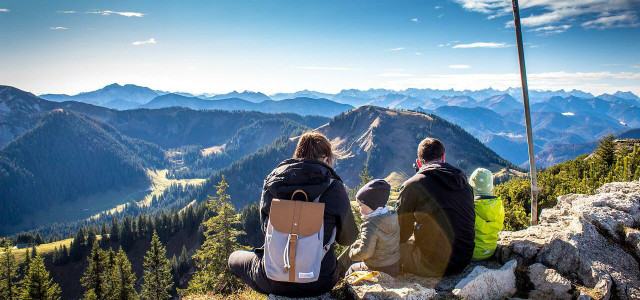Geocaching is a great way to get some fresh air and explore new places, and it can also be a great source of exercise. Learn how to geocache with this simple guide.
Geocaching is an outdoor game or treasure-hunting activity that allows participants to find hidden treasures called “caches” by making use of a GPS receiver or an app on a phone. These caches are often boxes with little trinkets, treasures, or notes – when a participant finds a cache they can also trade the item and leave something small for the next person.
Geocaching’s global appeal stems in part from its adaptability; players may choose from a wide range of challenges. Some caches may be fairly obvious, while others may require you to piece together a puzzle or follow a trail of clues. Geocaching with kids is a fantastic outdoor activity for the family to enjoy.
Nowadays, people have hidden millions of caches everywhere in the world and it has become a known and unique way of exploring the outdoors. Finding a cache is a rewarding experience and one can never really know what the treasure will be! Learn how to geocache so you can take part in this incredible activity.
How to Geocache? A Step-By-Step Guide



(Foto: CC0 / Pixabay / 8bit-Fan)
If we’ve piqued your curiosity about geocaching, but you’re a little unsure of where to start, here is a step-by-step guide on how to geocache:
- Get a GPS receiver or simply use your smartphone: To be able to find the caches, you need to have a device that can receive GPS signals. If you don’t have a specific GPS receiver, a smartphone or tablet will also do.
- Make an account at www.geocaching.com: Geocaching has its own official website and an app that shows you the locations of the caches. It is free to make an account on the website and it will enable you to go treasure hunting!
- Select the cache that you want to find: In the app or on the website you can pick the area where you want to look for a cache. The caches are marked with different difficulty levels, so pick one that looks like it fits your experience and skills the best.
- Enter the coordinates for the cache into your device: After picking the cache you want to find, you can put the coordinates of it into your receiver, smartphone, or tablet. This way, you know exactly where the cache should be.
- Go on an outdoor adventure: Now it’s time to go outside and find the cache with the help of your device. While you are outside, be conscious of your surroundings and respect the environment. When you find the cache, write your name into the logbook and possibly trade the item that you found with something that you brought with you.
- Log your findings into the website/app: After the adventure, log back onto the geocaching app or website and write down what you found in the cache, maybe even upload some photos!
- Do it all again whenever you like: If you enjoyed geocaching, try to find more and even harder caches. You can even make your own cache and hide it for other participants!
Bringing the Right Items



(Foto: CC0 / Pixabay / jkdberna)
It’s crucial to have a few necessary items with you when geocaching. Here are a few ideas:
- GPS receiver, smartphone, or tablet: As already mentioned, it is necessary to have a GPS-enabled device, such as a GPS to locate the cache.
- Outdoor apparel: Dress according to the weather and terrain you are geocaching in. If you plan to hike or stroll for an extended period of time, wear footwear that is both comfortable and durable.
- Stay hydrated: Bring water and hiking snacks with you for your excursion
- Pen or pencil: Take a pen or pencil with you, so you can write into the logbook that is in the cache!
- Not necessary, but nice to have: a flashlight/headlamp if you’re out after dusk, and a camera if you want to share the view.
How to Keep the Environment Safe



(Foto: CC0 / Pixabay / AndreasAux)
Like with any outdoor activity, you should be mindful of the environment when you go geocaching. Here are some tips on how to geocache while keeping the environment as safe as possible:
- Stick to established routes and avoid stepping on plants or causing disturbance to wildlife to reduce harm to natural habitats and ecosystems.
- Whatever you bring with you also take with you again, don’t litter or leave anything behind – simply, leave no trace.
- Don’t place caches in restricted or environmentally sensitive locations, such as marshes, archaeological sites, or protected animal regions.
- Be considerate of other people who are enjoying the outdoors and strive to keep noise levels low, especially near residential areas
- If you intend to hide your own cache, make sure to stick to the geocaching requirements for good cache placement. This involves not destroying trees or other natural elements, as well as not placing caches in risky areas.
Geocachers may help protect natural environments by keeping these factors in mind while still enjoying the pleasure of geocaching!
Read more:
- The 9 Best Eco-Friendly Summer Activities For Adults
- 21 Gift of Time Ideas for Giving Quality Time
- Here Are Our 8 Top Tips for Hiking in the Rain
Do you like this post?








